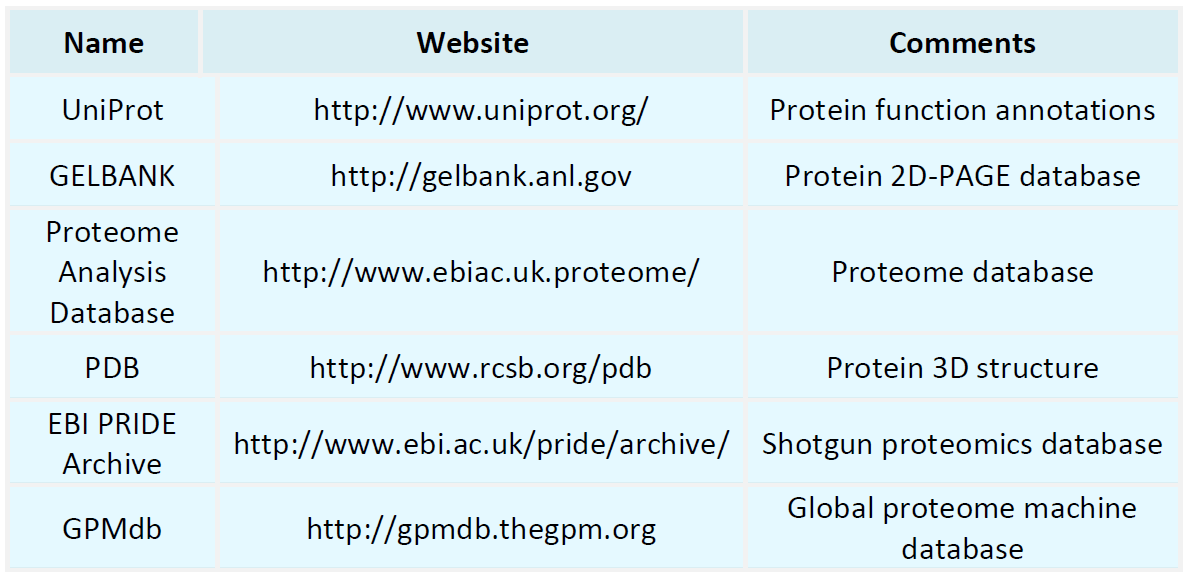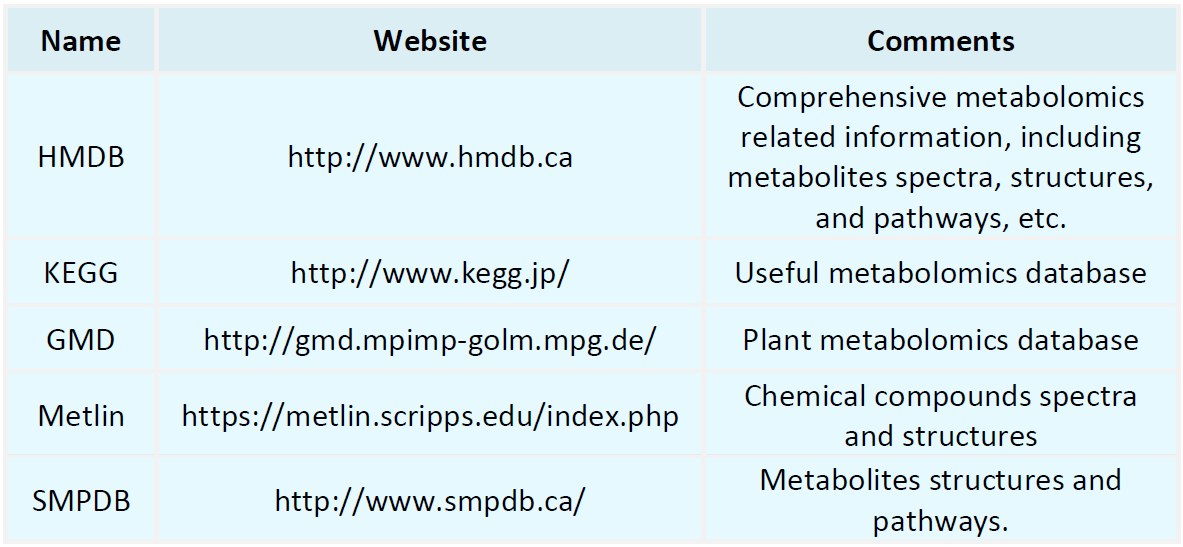Resources
Proteomics Databases

Metabolomics Databases

-
The CHO HCP assay is an analytical method for the quantitative detection of impurity proteins originating from CHO cells. CHO cells are widely used in the production of recombinant proteins, monoclonal antibodies, and cell therapies due to their high protein expression capacity, well-established culture systems, and efficient human-like post-translational modification capabilities. However, alongside the expression of target proteins, CHO cells also secrete a substantial number of...
-
The host cell DNA assay is a critical analytical technique used to quantify residual DNA in biopharmaceutical products. In biopharmaceutical manufacturing, recombinant proteins, monoclonal antibodies, and vaccines are typically expressed in host cells such as CHO cells, Escherichia coli, or yeast. However, during purification, residual host cell DNA may persist in the final product. Excessive residual DNA can pose safety concerns, including immunogenicity, carcinogenicity, and potential risks of genomic....
-
• Fundamental Methods and Techniques of Infrared Spectroscopy Analysis
Infrared (IR) spectroscopy is a technique used to identify chemical bonds and functional groups in both organic and inorganic samples. Its principle is based on the absorption of infrared light at specific wavenumbers (typically expressed in cm⁻¹) by chemical bonds within molecules, resulting in vibrational transitions. The following outlines the essential steps and key considerations in infrared spectroscopy analysis: Understanding the Basics IR spectra are generally divided into two regions: the......
-
10x Genomics TCR sequencing is a powerful method for exploring the diversity and detailed characteristics of T-cell receptors (TCRs), which are essential for T-cells to recognize and bind to antigens in the immune response. This technology allows researchers to obtain comprehensive TCR sequence information, including diversity, clonal expansion, and unique sequence traits. In basic immunology, it provides an invaluable tool for systematically studying T-cell development, differentiation, and response ......
-
• High-Content Screening Analysis
High-content screening analysis is a research platform focused on cell phenotyping that combines automated imaging, image recognition, and multi-parameter quantitative analysis. This technology is mainly employed to evaluate the functional effects of compounds, genes, or other interventions at the cellular level. One of its advantages is the generation of highly detailed data. Unlike traditional screening methods that offer only simple activity strength results, this technique provides high-dimensiona......
-
HTS drug screening is a technology-driven method that leverages automation, miniaturization, and parallel processing to assess the biological activity or mechanism of numerous candidate compounds efficiently. This approach significantly enhances the early stages of drug discovery, which are traditionally constrained by lengthy and costly processes. By simultaneously evaluating thousands to millions of samples, HTS drug screening has become a cornerstone of modern drug development. This technique is ......
-
Ion channel drug discovery is an intricate process that integrates the study of membrane protein functions with high-throughput screening technologies. This approach aims to identify and develop compounds that specifically target ion channels to treat diseases associated with electrophysiological imbalances. Ion channels, which regulate the transmembrane transport of ions like sodium, potassium, calcium, and chloride, are crucial for cellular excitability, signal transduction, and osmotic regulation. ......
-
X-ray analysis of protein is a fundamental technique for determining the three-dimensional structures of proteins at atomic resolution. This method leverages X-ray diffraction principles to probe the atomic arrangement within protein crystals, enabling detailed insights into protein function and molecular mechanisms. The ability to obtain high-resolution structural data through biophysical characterization is essential for elucidating protein roles in cellular processes, guiding rational drug design, ......
-
Proteomic biomarkers are specific proteins or expression profiles indicative of diseases, pathological conditions, or physiological changes, identified through comprehensive protein analysis. These biomarkers, present in bodily fluids such as blood, urine, and saliva, are pivotal in linking protein levels, structures, or modifications to the onset, progression, treatment response, or prognosis of diseases. The clinical relevance of proteomic biomarkers is profound, especially for early disease diagnos......
-
• Proteomics in Drug Discovery
Proteomics in drug discovery refers to the comprehensive analysis of all proteins in a biological system to investigate their critical roles throughout the drug development process. As the primary functional molecules in living organisms, proteins are essential participants in nearly every cellular process, including gene regulation, signal transduction, and metabolism. Proteomics in drug discovery provides crucial biological insights that support various stages of pharmaceutical research, such as tar......
How to order?







